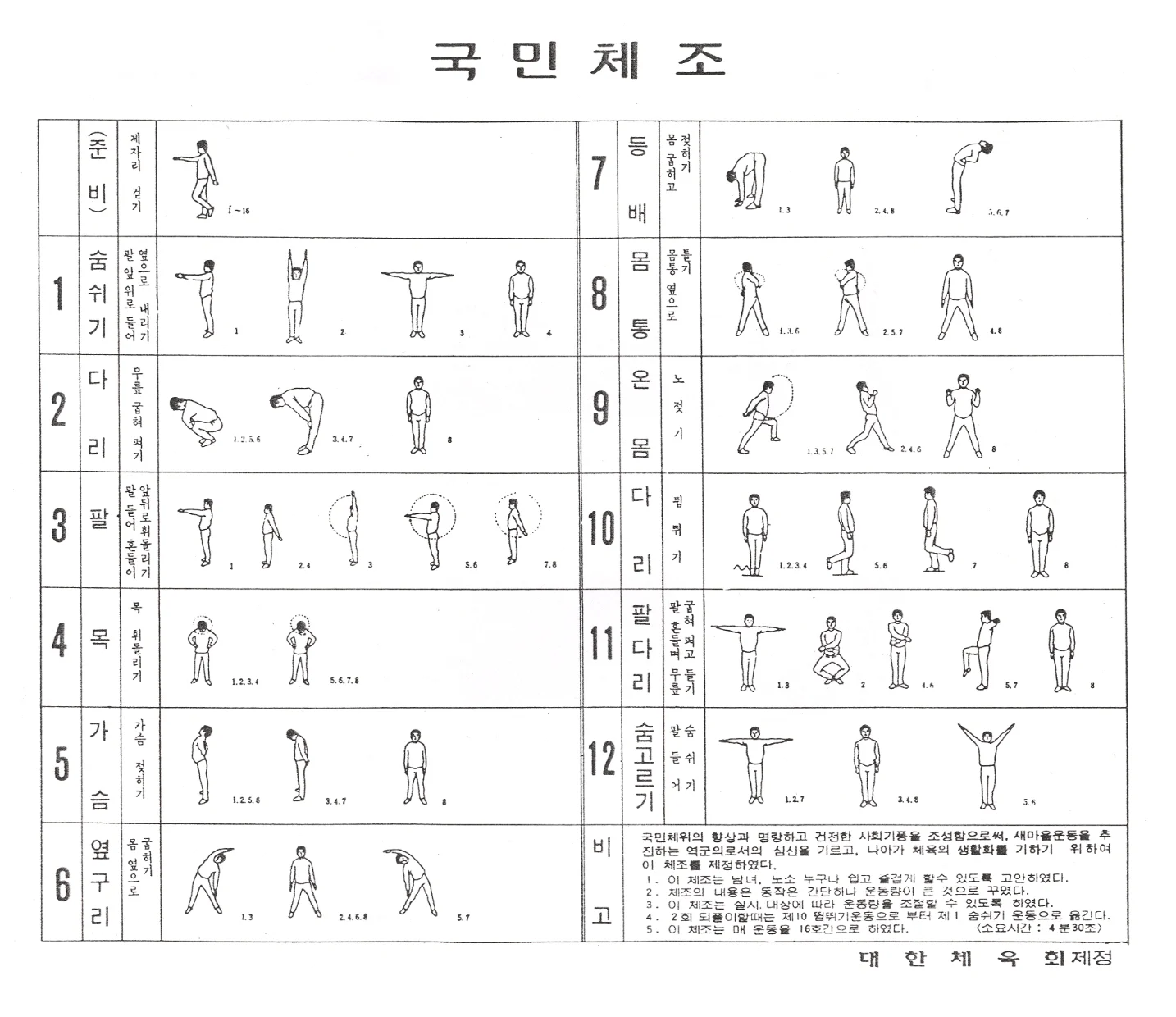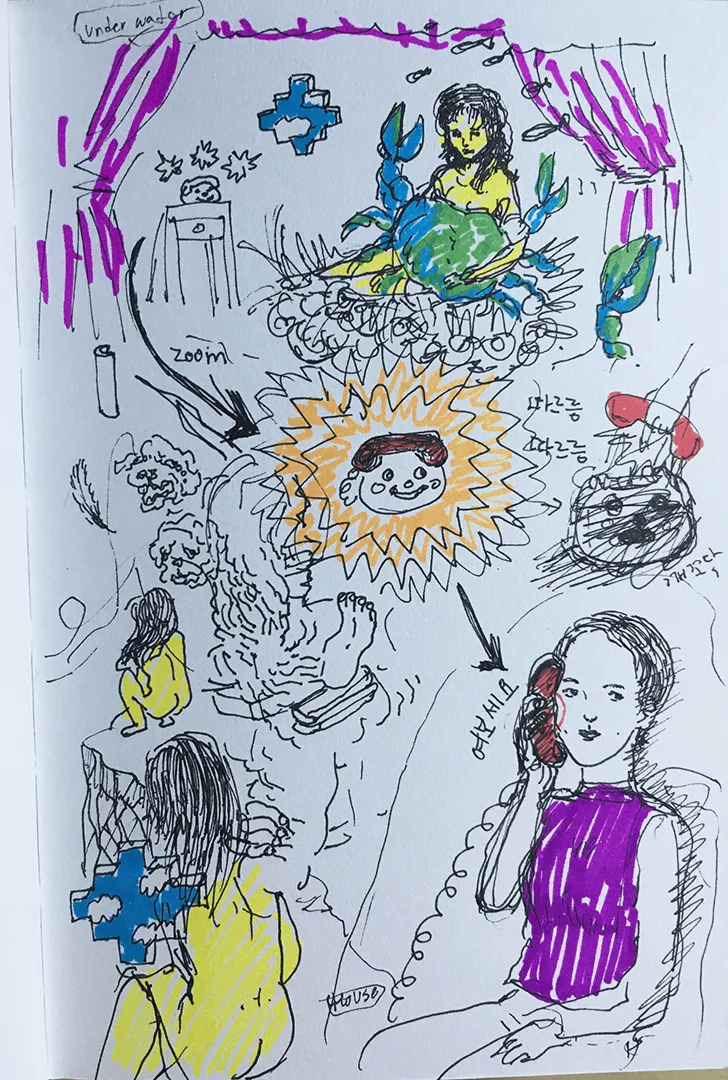
From the 70s until the mid-2000s, students at South Korean elementary schools began every morning with a routine called National Gymnastics. It’s a set of movements based on a rhythm, performed in complete harmony and it is the inspiration behind animator Gyuri Cloe Lee’s graduation project 국민체조 “National Gymnastics”.
“This film is in a way my attempt to reconnect with my Korean roots,” Gyuri says about picking the tradition as her subject. Moving from Korea to the US when she was twelve, she spent most of her teens indulging American culture. “I feel like I have a connection to Korea on a very deep level,” Gyuri says. “But at the same time it's hard for me to feel like I belong there, because I’ve been living in America for so long.”

At college, she started as a painting major but soon decided to switch to animation. “I feel like animating is more liberating; it's more forgiving,” Gyuri says. “Painting is one canvas, you have to contain everything in one frame, but in animation you can be more free with storytelling.”
This liberating aspect of moving image is clearly shown in National Gymnastics. Whereas the actual morning routine is structured and the same every day, in Gyuri’s interpretation images flash by of a dancing toy phone, we see a fish cut into pieces, girls are sitting in a classroom or a hand is tumbling down. Watching it makes you feel like you’re in a weird, rhythmic fever dream (but in a good way).

The seemingly random visuals stem from the fact Gyuri doesn’t use a storyboard when she makes a video. She just starts drawing the pictures that pop up in her mind, later collaging them into digital frames.
“I think that nothing is completely random, even though I don't have a clear idea of what I’m doing,” she says. “If I feel like drawing a decapitated fish, it still comes from my mind. There must be something within me that triggers me to draw that – whether they're memories or desires or just hunger.”



While working on the animation though, Gyuri needed a framework to make sense of the jumble of images she had created. “The reason why I chose the national gymnastics is because I needed something more constructive, a structure to hold things together.”
That, and it reminds of her childhood. She also liked how it would be relatable for many others. “It is a very specific memory to a lot of Korean people. It's almost like a collective memory, everybody will know what it is once they hear the rhythm. It's something that holds the older and younger generations together.
“It stood out to me. The gymnastics, the gestures, the exercise routine that we did every morning as part of the morning meetings in elementary school. I still remember some of the movements.”



